Breathedge is a game about surviving in space in the same way Subnautica is a game about surviving in the ocean. The similarities continue from there. You start with next to no access to the world and, by the game’s end, look back on your early struggles and laugh. There’s also a light base-building element here, alongside plenty of crafting.
Though there’s a lot of exploration and a good bit of grinding, it works remarkably well, even when the game makes a significant shift in focus about two-thirds of the way through. The trouble comes when Breathedge tries to be clever. Where the core gameplay works, the writing gets in the way more than it helps. Neither does the world-building have the same nuance as games like Subnautica.
Breathedge does enough, however, to be its own game. Thankfully. It wears its influences on its sleeve and is happy to show them off, but there’s plenty of excellent game design here. It is, after all, far easier to get survival crafting wrong than to make it well.
Breathedge Review: You’re In Space!
As Breathedge opens, you’ve just been through a horrid spaceliner crash, and everyone around you is dead. It’s your job to explore the surrounding wreckage and craft your way to safety. Your suit protects you from almost nothing and has almost no oxygen reserves. Getting anywhere quickly is essentially impossible.
Sound familiar?
The difference here is you’re stuck in space instead of water. And that difference becomes immediately apparent when you’re forced to look in every direction for materials. And because the only ready source of oxygen is the tiny shuttle where you start, your initial excursions are brief and sometimes terrifying.
You also don’t have access to worthwhile tools, and the game throws out a bunch of terms you have no context for. That makes your limited mobility an asset.
Once you’ve found a few upgrades and explored the initial area, the real fun comes into view: resource management in space. The limiter is almost always your oxygen supply, and half the fun in the first couple of chapters is exploring and crafting ways to extend the reach of your prospecting.
By the time you’re able to improve your mobility significantly, the initial area is littered with the remains of your problem-solving. There is a delightful sense of satisfaction looking back on all the effort put in getting to the later stages of the game’s first act.
But there’s a notable shift as its second major portion begins. What you’ve accomplished quickly falls out of importance, and you start to see the end in sight. The tools you have access to are not only more effective, but they are larger, faster, and more powerful. Everything you’ve done to that point becomes so small. And what the game asks you to do for these new tools grows with their stature.
Crafting in Breathedge follows the standards set by other games in the genre. Everything has a cost of “so many of this material, so much of that one.” The more advanced items add additional steps between base materials and the final product, and the best equipment requires more than just base components. They need time.
The rollout of what’s craftable follows a familiar cadence as well. You find the most common stuff — the materials you use most — early. The game also clearly delineates where you’ll find specialty materials and, crucially, blueprints for additional craftable items and equipment.
As you explore space, the tools required to progress become more specific and more difficult to come by. Their usage also becomes more specialized, and eventually, some of your favorite gear falls by the wayside.
It’s unfortunate, then, that Breathedge uses item durability. There is a story reason: your character, called simply The Man, is not a scientist. He’s a regular guy forced into a horrible situation who needs to learn how to hack it and hack it fast.
From a gameplay perspective, item durability also makes sense, as it forces the continued exploration for materials. Prospecting breeds curiosity, and curiosity often sends players to places they might otherwise go. Those places could hide additional tools that make your life a little easier.
Making sense, of course, doesn’t make it fun.
The number of times you break an important tool at the worst time reaches into the dozens. Especially early on, when you’re learning what makes what, how much of certain materials to keep around, you’re likely to spend more time farming for materials than actually using your tools.
Eventually, you craft equipment that either doesn’t degrade or degrades so slowly as to be unbreakable. By that point, your priorities have shifted, and material collection is low on your priority list.
One thing you can’t do anything about is the writing and worldbuilding. The constant drivel that comes out of the game’s narrator — your spacesuit — wants so badly to be clever but only ends up being an annoyance. Even when all it does is give you instructions or make a simple statement, the dialogue has to have a wink and a nod, and sometimes five.
The most abrasive aspect of this is the endless breaking of the fourth wall. Indeed, there is hardly a fourth wall to be found in Breathedge, something the writers themselves seem adamant to make clear. Used sparingly, or in the context of a narrative moment, leaning on or even shattering the fourth wall can have real punch.
Some of the greatest moments in gaming come from talking directly or indirectly to the audience. Bioshock, Ghost and Goblins, Metal Gear, or “Your Princess is in another castle” are just a few examples.
Breathedge has no tact when it comes to interacting with the player. If it sees an opening, no matter how inappropriate, it uses that opening to talk about itself as a game or what you, the player, should expect, or why you should definitely be laughing right now and why aren’t you.
The humor also lacks any sense of comedic timing. Punchlines come in the middle of exposition or exposition acts as a punchline in itself.
Then there’s the matter of worldbuilding.
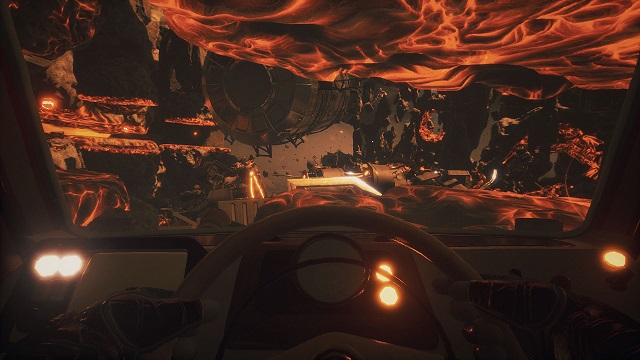
The environmental storytelling in Breathedge, while competent, relies on tropes sometimes to the point of cliche. The story events and locations in the story are predictable long before you set foot within them. The few surprises don’t have enough narrative weight to impress beyond a few moments or a light chuckle.
Thanks in large part to it taking place in space, there’s a lot of empty air between individual story beats. And because it takes so much time moving from place to place, every area is narratively self-contained. Even the core campaign hops between narrative set-pieces, making the world feel disconnected, or more so than it already is.
It is possible to follow the arc of the main story, but you might feel like you’re playing Skyrim with how easy it is to get sidetracked and lose the thread.
The story is entertaining, thankfully, even if you know what’s going to happen. No two players will make their way through it the same. This freedom is a credit to the developers’ efforts, and not even the worst writing can get in the way of that.
Breathedge Review — The Bottom Line
Pros
- Well-executed crafting and exploration mechanics
- A directed but make-your-own-fun campaign
- An interesting, if somewhat predictable, world
Cons
- Annoying narration that only gets more so as the game goes on
- Sometimes poor or ineffectual worldbuilding
- Embracing of mechanics few enjoy, like item degradation
Breathedge isn’t the greatest survival-crafting game out there, but it is one of the more unique. There are genuine moments of brilliance here. You have to look to find the better aspects of its storytelling and find a way around the aggravating narration, but dig deep enough, and you will find some amazing things.
The interplay between the exploration and crafting systems is also to be commended. The mechanics alone kept me playing even as other parts of the game grated on my nerves. I wanted to see what the next challenge was, the look and feel of the next area. Regardless of any misgivings I might have with Breathedge, the game is fun at a basic level with lots to love on top of it.
[Note: RedRuins Softworks provided the copy of Breathedge used for this review.]

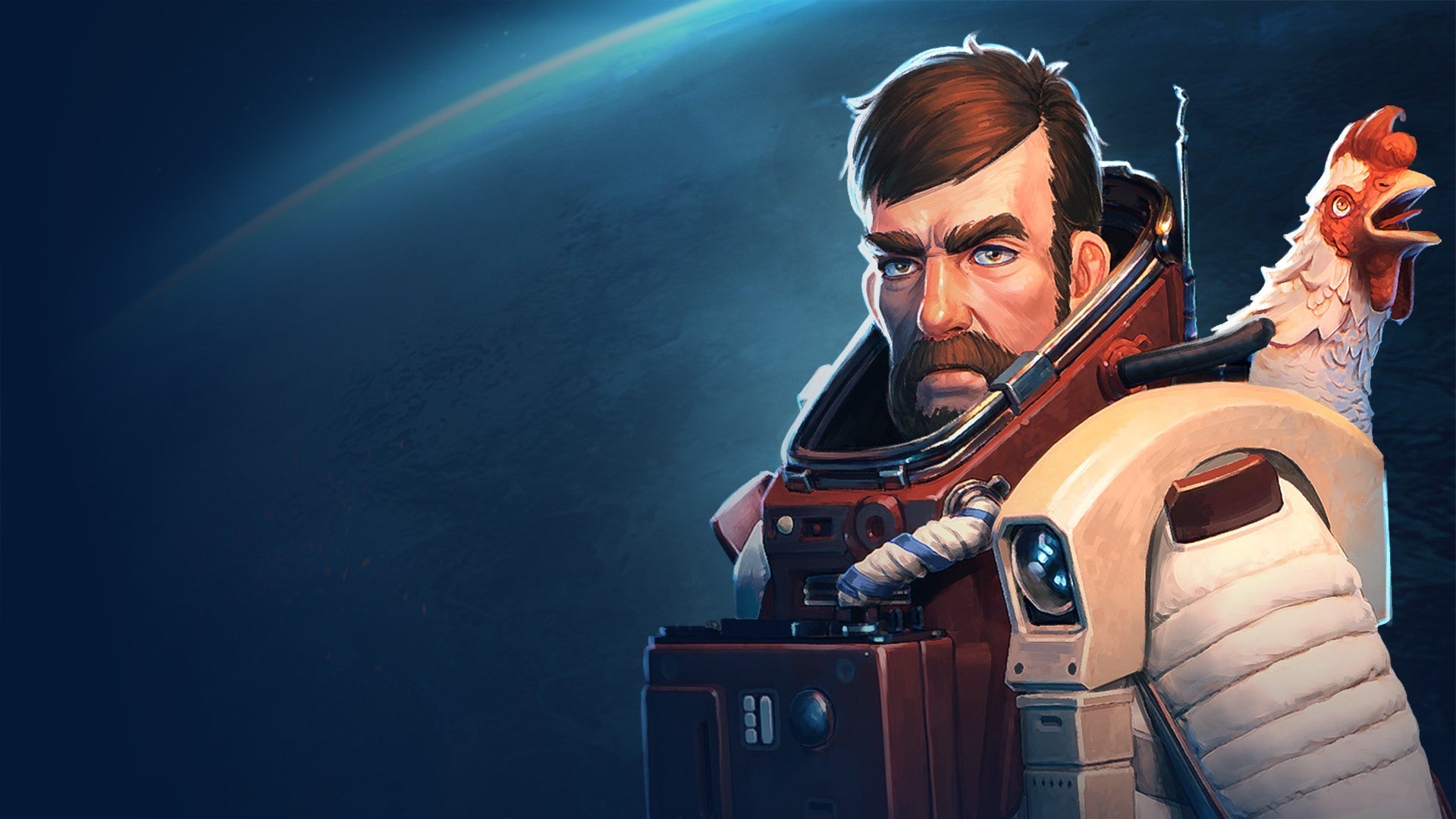

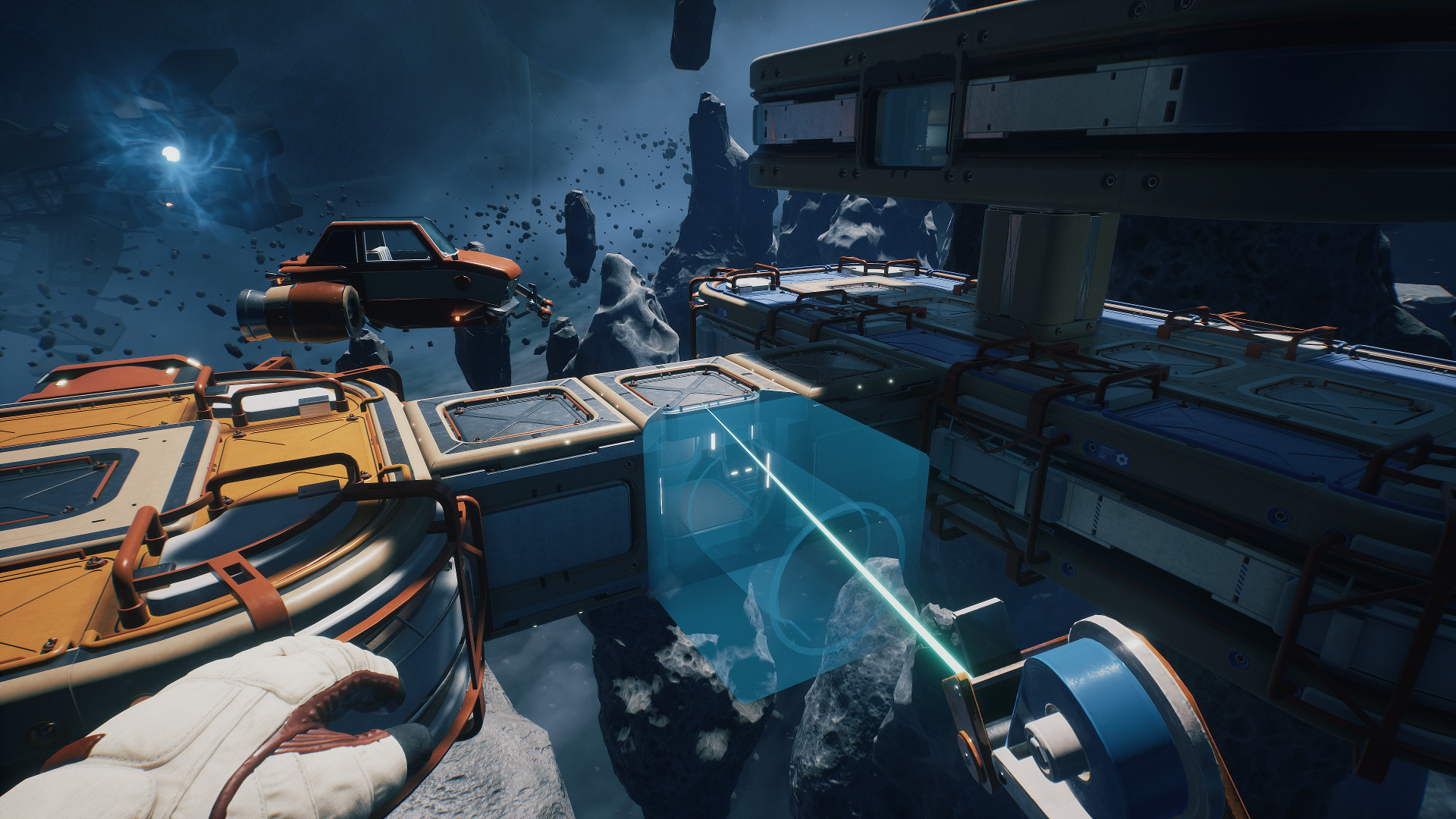
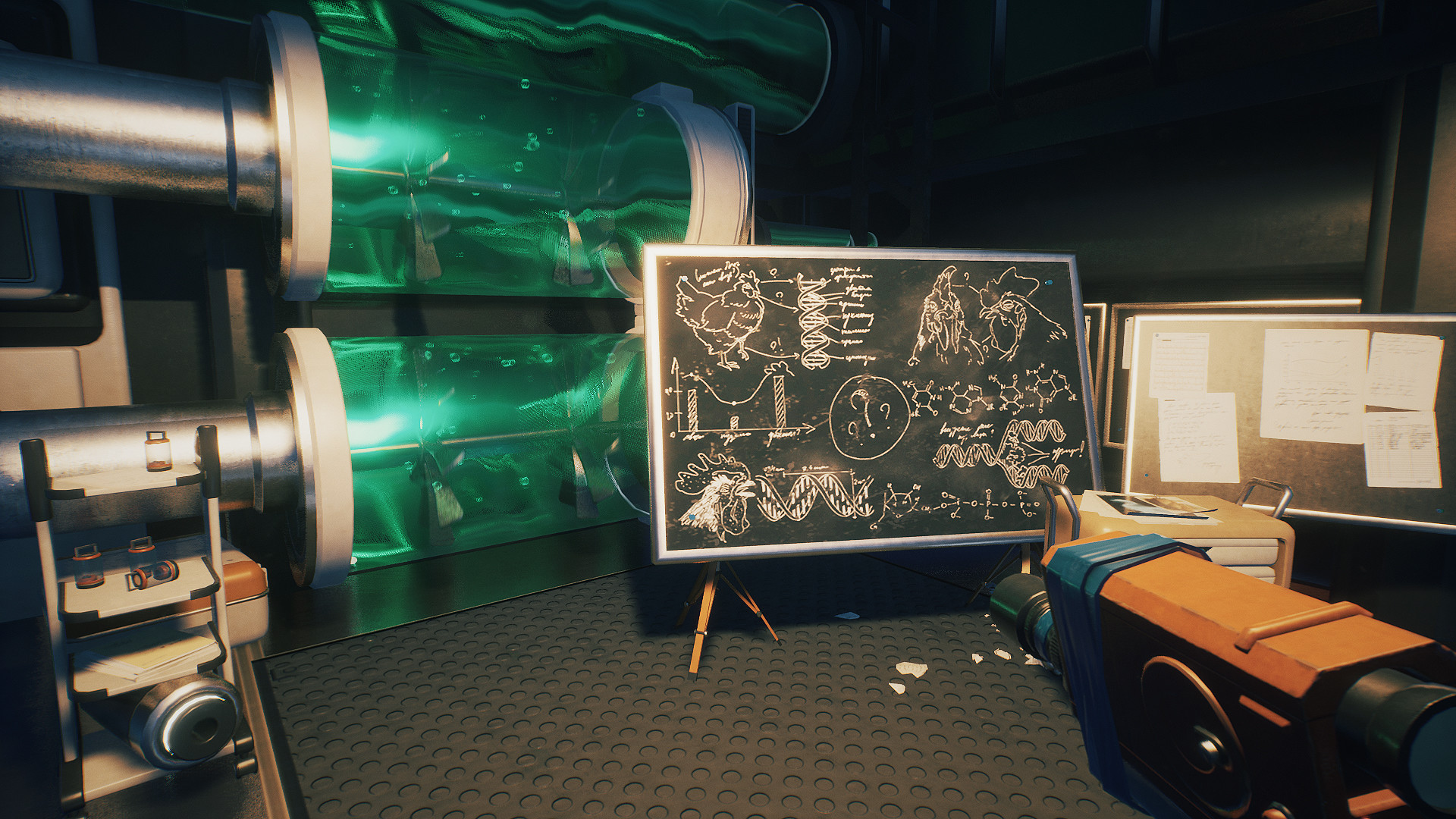
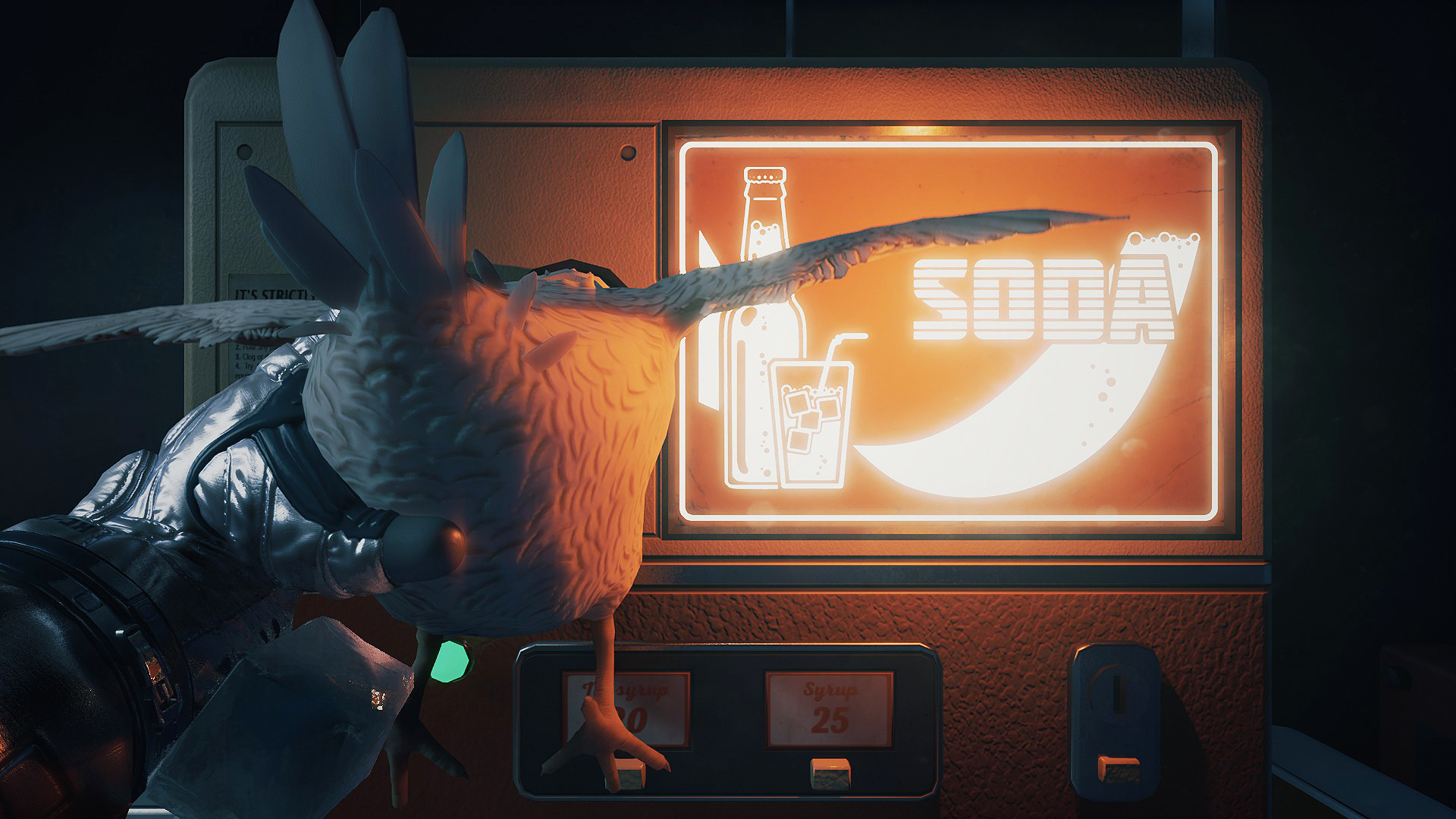





Published: Mar 11, 2021 10:15 pm